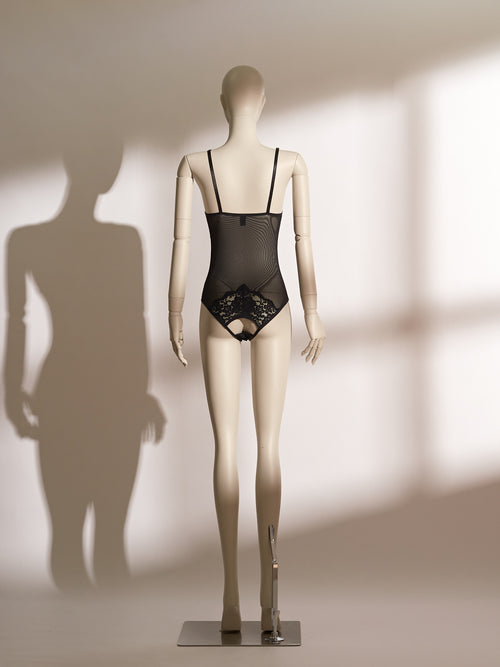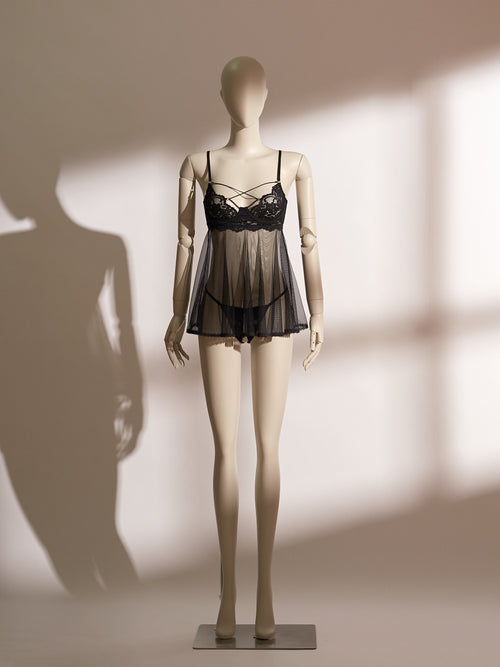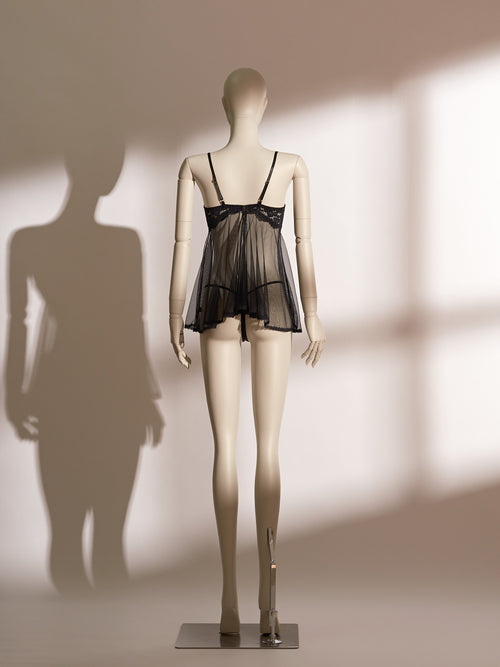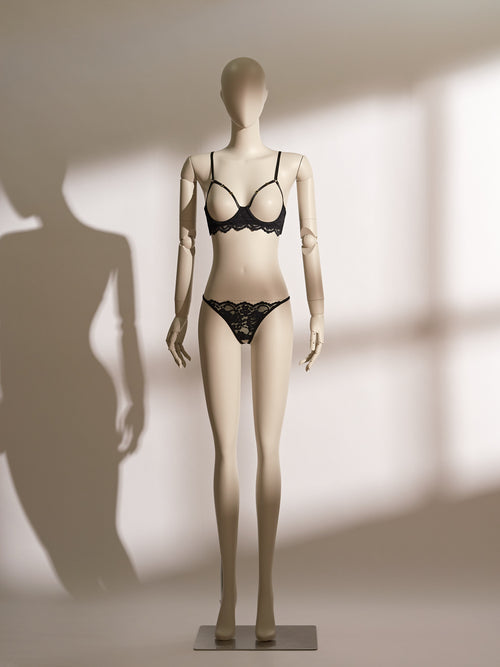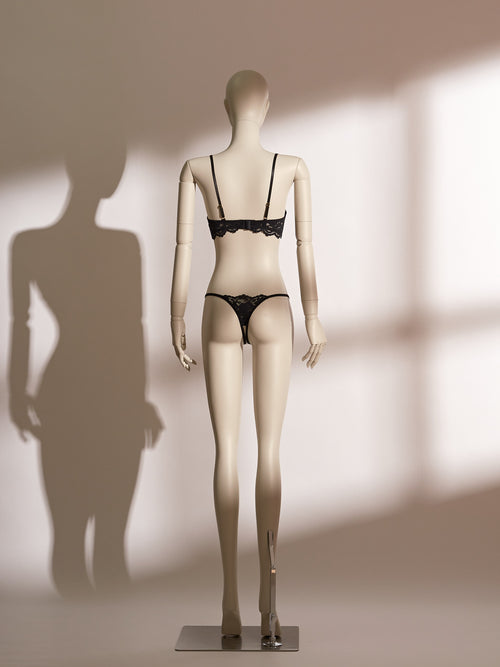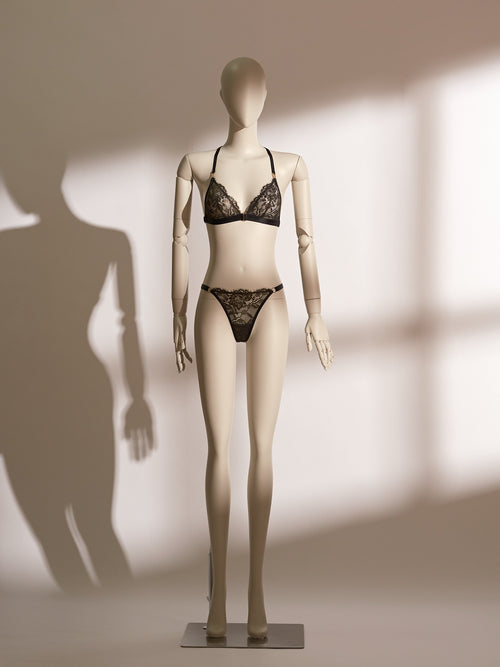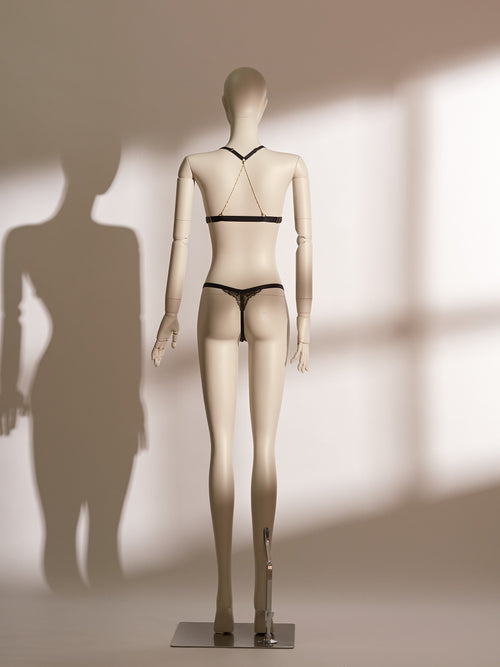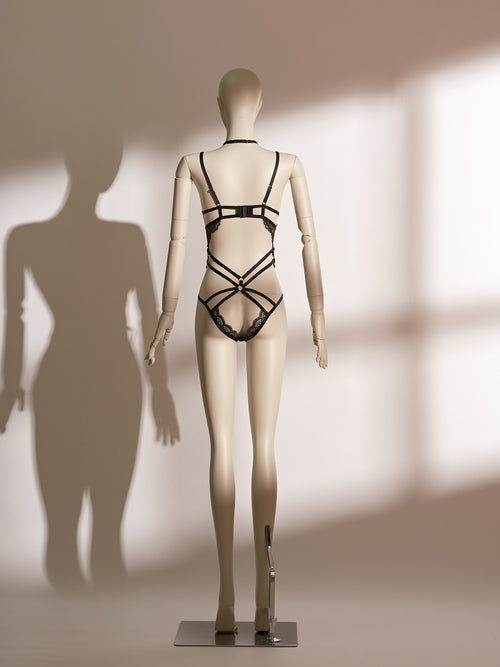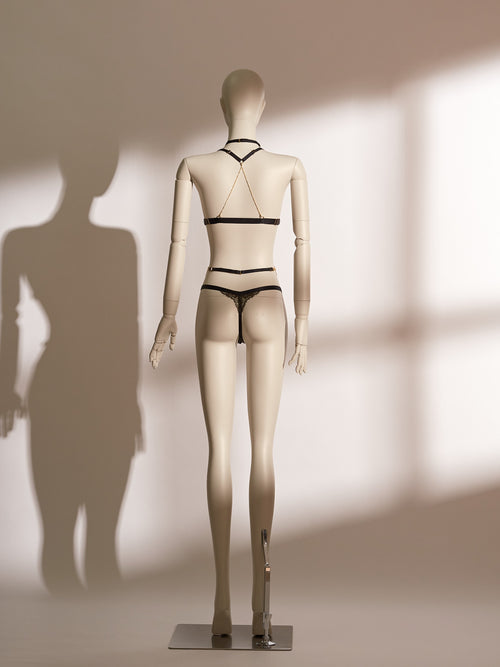Welcome to our store
Why Algorithms See Lace and Panic—and What It Means for Independent Designers
Have you ever tried advertising lingerie online? If yes, you probably have some battle scars from the review process. If not, let me paint the picture: You upload a tasteful photo of your beautifully designed bralette—carefully avoiding anything overtly explicit—and voilà! "Rejected. Adult content detected." Wait, what?
Welcome to my life running Mismuse, an Australian-based fashion company, and specifically our lingerie brand, Pills N Poison. My day involves more than designing stunning ouvert bodysuits; it also involves convincing Google’s algorithms that lace is not the devil’s work.
Let’s unpack why something as perfectly innocent (and perfectly legal!) as underwear triggers platform policies and how this unequal enforcement hurts independent brands in ways big lingerie giants seldom experience.
Big Brand vs. Indie Brand: A Tale of Two Standards
Have you ever wondered why Victoria’s Secret, Calvin Klein, Savage X Fenty, or Agent Provocateur's seductive ads regularly show up in your feed without incident, while smaller brands like mine are scrutinized as though we’re selling something borderline illegal?
It's not paranoia. There’s real data behind this. According to a recent report by the advertising watchdog group, Online Ad Review, small lingerie brands face rejection rates up to 4 times higher than established global lingerie companies. Why? Because big brands have something independent labels don't—“algorithm immunity,” earned through massive ad spend and mainstream market presence.
Let me break this down clearly:
- Large lingerie brands: Flaunt runway models, barely-there outfits, and overtly sensual imagery—usually approved without a hitch.
- Independent lingerie brands: Show a classy lace set on a mannequin or even an abstract editorial shot—instant red flag.
Funny? Maybe a little. Fair? Not at all.
Legal? Absolutely. Allowed by Google? Good luck.
Lingerie, especially "seductive lingerie," is not only legal—it’s culturally mainstream. The global lingerie market size exceeded $90 billion in 2023 and is projected to reach $120 billion by 2028 (MarketWatch Report, 2023). Clearly, consumers want it, designers create it, and society accepts it.
Yet here’s the catch: while lingerie sits comfortably within legal standards, advertising platforms are another beast altogether. Google Ads’ vague policies on “sexually suggestive content” operate like those obscure fine-print rules on monopoly boards—confusing, arbitrary, and inconsistently enforced.
Consider this scenario:
- Swimsuit ad: Model in minimal coverage swimwear? Usually safe.
- Lingerie ad: Same coverage but replace “swim” with “lace”? Suddenly scandalous!
I often wonder if Google’s algorithms blush, panic, and then hit “reject” just to be safe.
The Serious Consequences Behind the Funny Irony
Humor aside, this issue causes real harm. When smaller brands get repeatedly flagged, we lose crucial visibility and revenue opportunities. A recent internal survey by the Indie Intimates Alliance found:
- 62% of independent lingerie brands reported lost revenue due to ad rejections.
- 79% experienced significant setbacks in brand growth directly attributed to restrictive platform policies.
- 85% believe their advertising content was rejected unfairly.
Essentially, restrictive ad policies keep small brands from competing on a level playing field, directly undermining innovation, creativity, and consumer choice.
Algorithmic Censorship: When AI Can’t Recognize Art
One of the biggest challenges is that automated reviews are done by algorithms designed primarily for speed—not subtlety. To Google’s AI, a sheer babydoll might trigger alarms, whereas a similarly revealing sports bra somehow slips by unnoticed. Contextual sensitivity? Sorry, not included.
For instance, Instagram has faced continuous criticism for algorithmically censoring body-positive campaigns, often mistaking them for explicit content (Forbes, 2022). Algorithms simply aren’t great at context.
As the creator behind Pills N Poison, my frustration often comes down to AI's lack of cultural and artistic nuance—something humans naturally recognize and algorithms notoriously struggle with.
Rethinking the Boundaries: Time for a New Approach
Clearly, current ad review policies need an overhaul. We need clarity and consistency that respects legality, creativity, and cultural norms. To strike a more rational balance:
- Clear guidelines: Provide detailed examples distinguishing adult entertainment from fashion-forward lingerie ads.
- Context matters: Incorporate human reviewers specifically trained for fashion and lifestyle content.
- Consistency: Ensure equal enforcement across all brands, regardless of their size or advertising budget.
This isn’t just wishful thinking—some platforms are already exploring improvements. Pinterest, for instance, revamped its content guidelines in 2022, successfully balancing community standards with fashion and artistic freedom (Pinterest Transparency Report, 2023).
Google Ads, are you taking notes?
Imagining a Better Future
As humorous as the current predicament can be—who knew underwear could cause such panic?—this topic is fundamentally serious. It impacts the survival of innovative small brands and stifles fashion creativity. The future calls for better, fairer advertising practices.
In the ideal future scenario:
- Independent designers won't have to constantly appeal unfair bans.
- Algorithms learn to appreciate the artistry behind seductive lingerie as much as humans do.
- Platforms become collaborative spaces, embracing creativity rather than restricting it.
Until then, we at Mismuse and our lingerie brand Pills N Poison remain committed to speaking out, appealing decisions (again, and again), and celebrating our products organically—SEO and social media to the rescue!
To Google and other platforms: lingerie isn't dangerous. It's just lace, silk, and satin. I promise.





